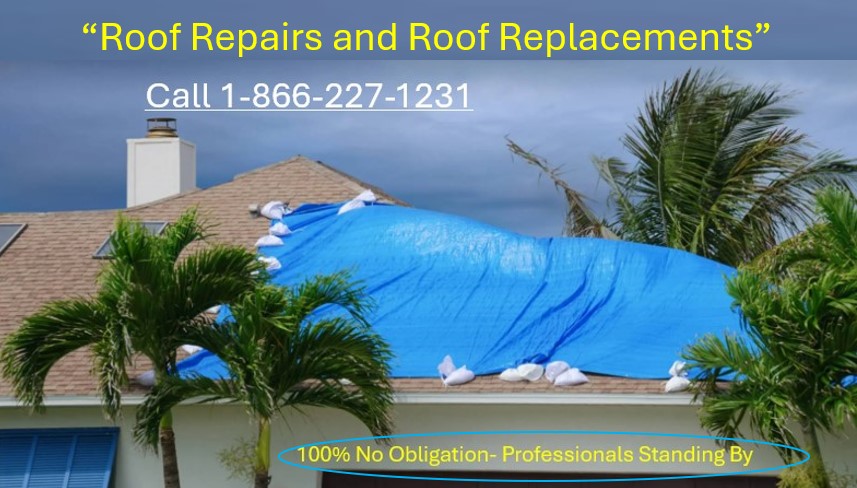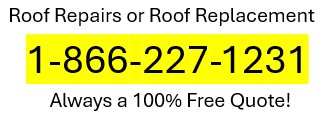
Roof leaks can cause significant damage to your home if not addressed promptly. Understanding how to handle DIY roof repairs, specifically how to fix a leak, can save you time and money. This guide will walk you through the essential steps to identify, assess, and repair leaks in your roof.
- Identifying Roof Leaks: Before you start your DIY roof repair, you need to locate the source of the leak. Here are some common signs
- Water Stains: Look for water stains on your ceiling or walls. These stains may be yellowish or brown and can indicate a leak.
- Mold or Mildew: The presence of mold or mildew in your attic or ceiling is a clear sign of a leak.
- Damaged Shingles: Check for shingles that are cracked, curled, or missing. These can be entry points for water.
- Dripping Water: During a rainstorm, go into your attic and look for drips or wet spots.

Assessing the Damage: Once you've identified the source of the leak, it's crucial to assess the extent of the damage:
Inspect the Area: Examine the area around the leak for any additional damage. Look for other signs of water infiltration, such as damaged insulation or warped wood.
Measure the Affected Area: Knowing the size of the damaged area will help you gather the necessary materials for the repair.
Gathering Materials for DIY Roof Repairs
For a successful DIY roof repair, you will need the following materials:
- Roofing nails
- Roofing cement or tar
- Flashing
Replacement shingles
- A hammer
- A utility knife
- A pry bar

Steps to Fix a Leak: Now that you have your materials, follow these steps to fix the leak:
- Remove Damaged Shingles: Carefully lift the edges of the surrounding shingles and remove the damaged ones using a pry bar.
- Check for Further Damage: Once the damaged shingles are removed, inspect the underlayment and decking for any additional damage. Replace any compromised materials.
- Apply Roofing Cement: Spread a generous amount of roofing cement on the underside of the new shingle and place it in the gap. Press firmly to ensure a good seal.
- Nail the Shingle: Secure the new shingle with roofing nails, placing them under the edges of the surrounding shingles to prevent water from entering.
- Seal the Edges: Apply roofing cement to the edges of the new shingle and the surrounding shingles to create a watertight seal.
- Install Flashing: If the leak is near a chimney, vent, or other roof penetrations, install flashing to prevent future leaks. Place the flashing under the shingles and secure it with roofing nails and cement.

Preventing Future Leaks: Preventive maintenance can help you avoid future roof leaks:
- Regular Inspections: Conduct regular inspections of your roof, especially after severe weather, to identify and address potential issues early.
- Clean Gutters: Keep your gutters clean to ensure proper water drainage. Clogged gutters can cause water to back up and seep under your roof.
- Trim Overhanging Branches: Trim any tree branches that hang over your roof to prevent damage from falling limbs and to reduce debris buildup.
When to Call a Professional
While DIY roof repairs can be effective for minor leaks, some situations require professional assistance:
- Extensive Damage: If the damage is extensive or covers a large area, it's best to call a roofing professional.
- Structural Issues: If you suspect structural damage to your roof, such as sagging or large sections of missing shingles, seek professional help immediately.
- Safety Concerns: If you're uncomfortable working at heights or lack the necessary tools and experience, it's safer to hire a professional.
Conclusion
DIY roof repairs can be a cost-effective way to fix a leak in your roof. By following this guide, you can identify, assess, and repair minor leaks, potentially saving yourself from costly repairs in the future. Remember, safety first—if a job seems too big or dangerous, don't hesitate to call in a professional.
Regular maintenance and inspections will keep your roof in good condition and help prevent future leaks.

